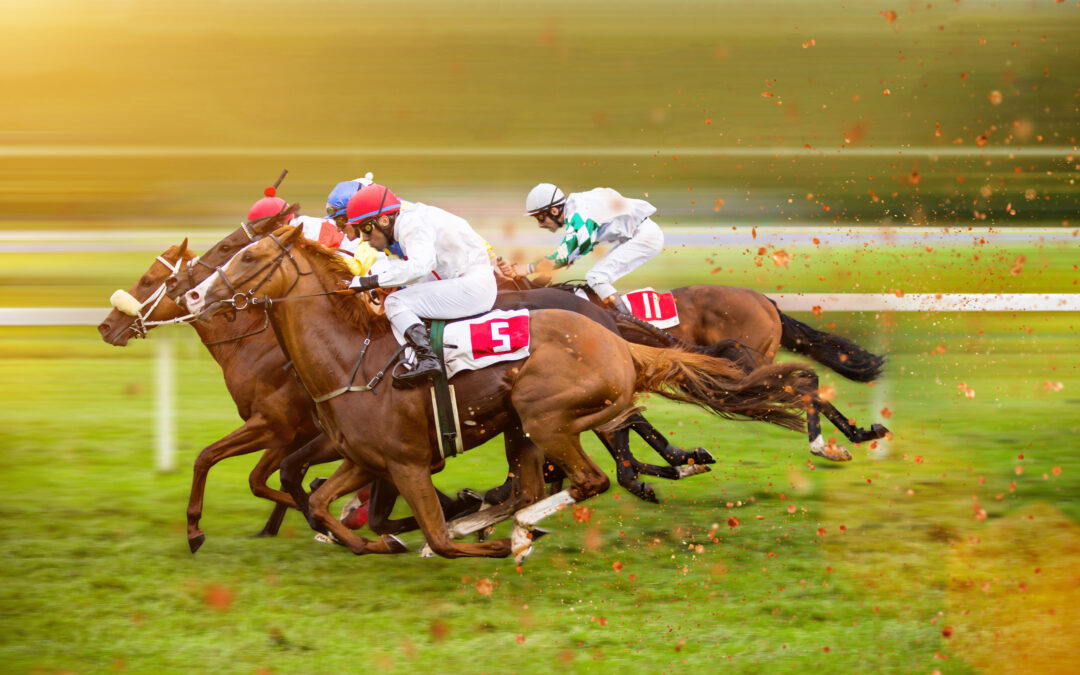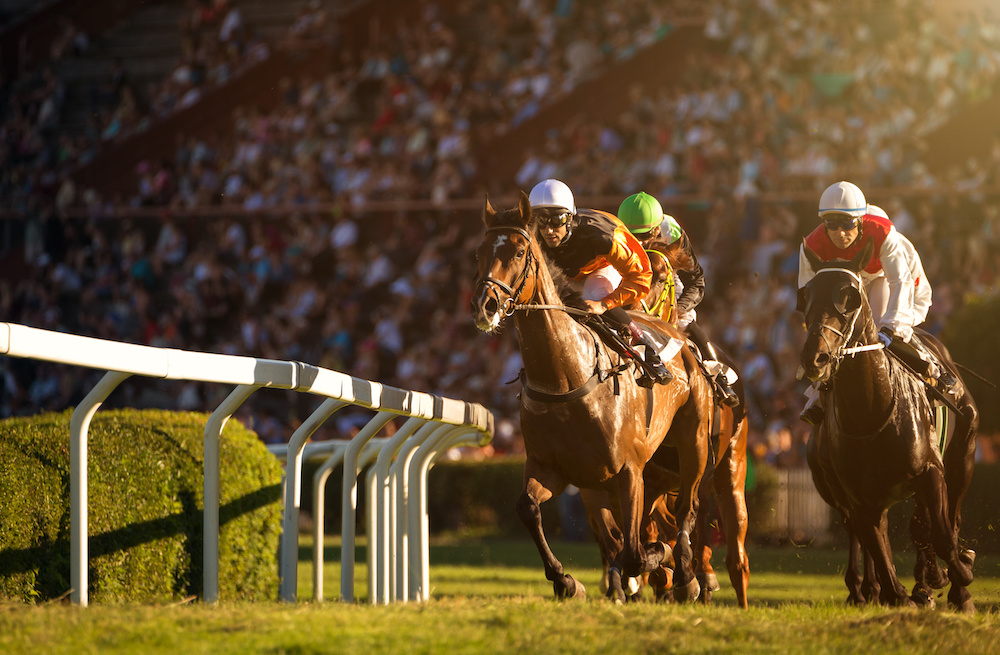The history of horse racing is difficult to trace. The Bedouin nomads first domesticated horses around 4500 B.C., that’s quite a ways back. Thousands of years later, horse racing in the U.S. has been a cultural touchstone, with thousands of hopefuls flocking to the tracks to place their bets every day. The Kentucky Derby draws 14.5 million viewers. Breeders, trainers and jockeys invest hundreds of thousands of dollars in hopes of training a champion. But how did this sport rise to at one point becoming the most popular sport in America?
History of the Thoroughbred
Odd as it may seem, the real story of horse racing in the United States begins a long time ago, overseas — during the Crusades
Horse racing in America is nothing without the Thoroughbred, a breed of racehorse carefully bred over centuries for superior speed. Their origins lie with the Arabian horses, brought to Europe in the 12th Century by English soldiers returning from the Crusades. The nobility took a liking to racing these swift and highly-endurant horses, and over the next 400 years, imported many more to live and breed in English stables. Arabian stallions would be crossed with sturdy English mares to produce horses with both speed and staying power — the Thoroughbred.
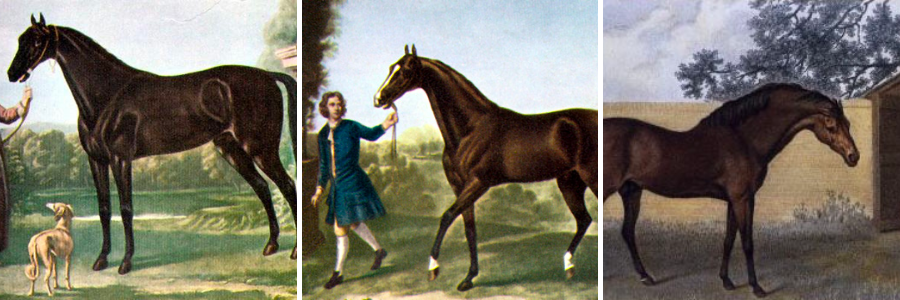
Left to Right: The Byerley Turk (foaled c.1679), The Darley Arabian (foaled c.1700), and The Godolphin Arabian (foaled c.1724)
Over the centuries, organizations were founded to document the pedigrees of racing horses and set regulations for horse racing in England. All Thoroughbreds listed in the General Stud Book can be traced back to a handful of foundational studs and mares — specifically, one of three stallions: the Byerley Turk, the Darley Arabian and the Godolphin Arabian.
The Jockey Club was formed in 1750 to act as a central governing authority for the sport and still regulates English racing. The typical race covered a four-mile distance and involved a group of horses competing for money and trophies.
Horse Racing Comes to America
As the English made their way to the New World, so did their prized horses — and their love of racing. The first recorded racetrack in North America was plotted in 1665 when New York’s royal governor established a track on Long Island. Horse racing was a popular affair among Americans of all classes, often with men racing their horses with spectators placing bets on the winner. For many, it was a matter of honor — for others, a way to make a quick buck.
The sport first took a turn with the establishment of America’s first jockey club, organized in Charleston, South Carolina, in 1734. Wealthy owners and breeders arranged races similar to the British nobility, turning the rough-and-tumble pastime into a high-class social affair for the region’s upper class.
In 1868, the American Stud Book was first published to track the pedigrees of American racehorses. The latter half of the 19th century saw the establishment of the Belmont Stakes in 1867, the Preakness Stakes in 1873 and the Kentucky Derby in 1875. Local races remained popular nationwide, with racing rules and gambling practices largely unregulated.
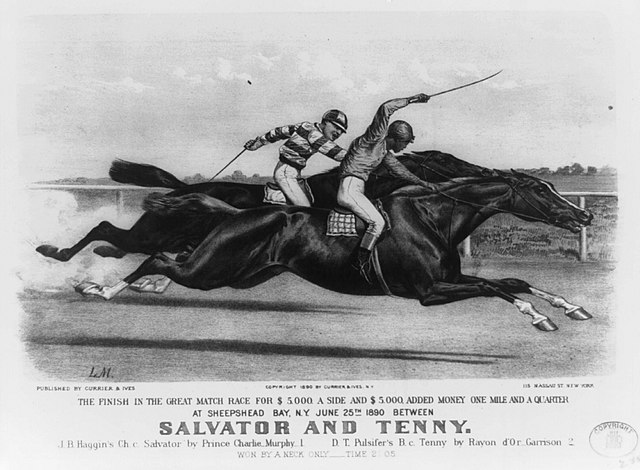
Over the next several decades, horse racing and betting swept the nation, with hundreds of tracks operating by the 1890s. This didn’t sit well with many authorities. In 1894, the nation’s most prominent track and stable owners decided to “rein” things in by founding an American Jockey Club. They modeled themselves on their English counterparts, taking over management of the American Stud Book and striving to eliminate much of the corruption that had plagued the sport in preceding decades.
American Horse Racing in the 20th Century
In the early 20th century, antigambling sentiment peaked in the United States. Almost all states moved to ban bookmaking, effectively eliminating spectators’ ability to place bets on races. The number of racetracks plummeted from 314 tracks in 1890 to just 25 tracks by 1908.
The same year, pari-mutuel betting was introduced at the Kentucky Derby and quickly legalized to allow states to collect a tax on wagers. Tracks began to reopen and great horses like Man o’ War (widely regarded as one of the greatest racehorses of all time, having won 20 of 21 races in his career) had spectators flocking to the tracks.
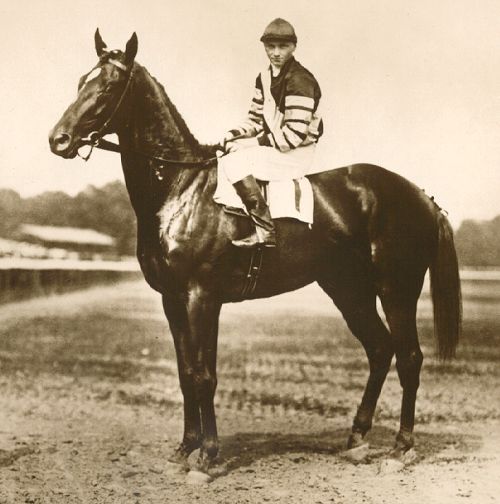
Man o’ War in 1920
Throughout the 20th century, the popularity of horse racing in America waxed and waned along with economic prosperity and depression, war and peace. A significant resurgence occurred in the 1970s as Secretariat, Seattle Slew and Affirmed won the American Triple Crown (the Kentucky Derby, the Preakness and the Belmont Stakes). Still, widespread cultural interest in the sport experienced a decline beginning in the 1980s.
Horse Racing in the Information Age
Today, the Jockey Club remains the authority on Thoroughbred breeding and racing in the United States, working with state racing commissions to manage official Thoroughbred races. About half of U.S. states have Thoroughbred tracks, but public interest mainly centers around major races like the Triple Crown and the Breeder’s Cup, which bestow great prestige (and a big purse) upon their winners. Public interest typically peaks when a horse has a chance to win the Triple Crown, like American Pharoah in 2015 and Justify in 2018.
While the general rules of horseracing have remained the same over the past century, the sport has benefited dramatically from recent technological advances. Modern veterinary practices can catch health conditions before they become a problem on the track, preventing injury to both horse and jockey.
Bettors, too, have benefitted from 21st Century tech, as wagering on horse races is now possible anywhere, anytime. Online betting and the live streaming of horse races have become a multibillion-dollar industry, thanks to increases in accessibility.
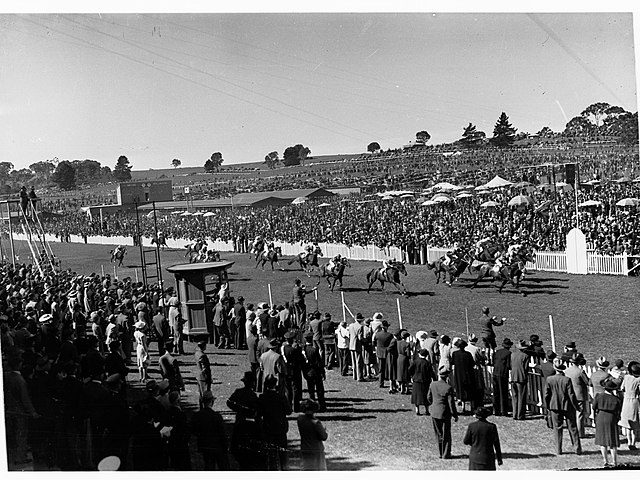
Want to learn more about the world of horse racing and betting?
Visit our Horse Racing FAQs & Glossary.
From the steppes of Central Asia to the stands of the Kentucky Derby, the history of horse racing runs deep, and the sport still has many dedicated fans today.
Much like the sport we love, our long history at Green Sheet Racing sets us apart as one of the most trusted tip sheet providers in the U.S. If you’d like to try your hand at betting on horse races, turn to Green Sheet Racing. By joining Green Sheet Premium, you’ll get daily access to picks from our professional handicappers so you can take part (and thrive) in this age-old tradition.

